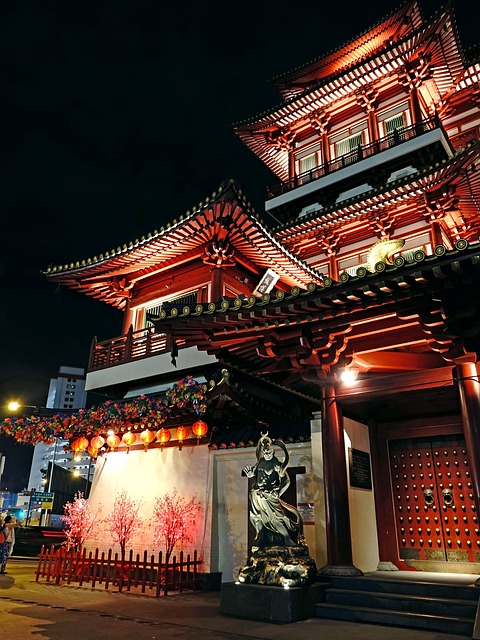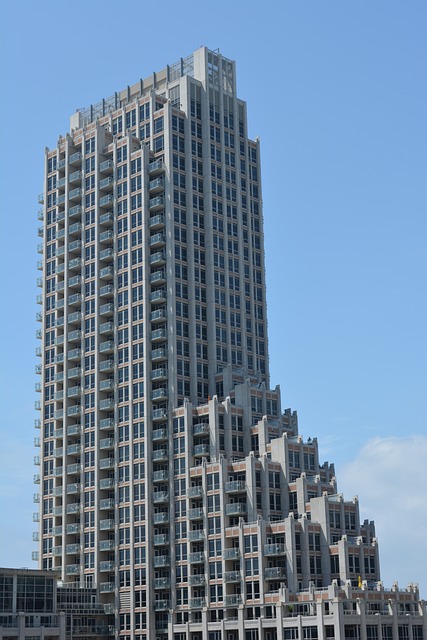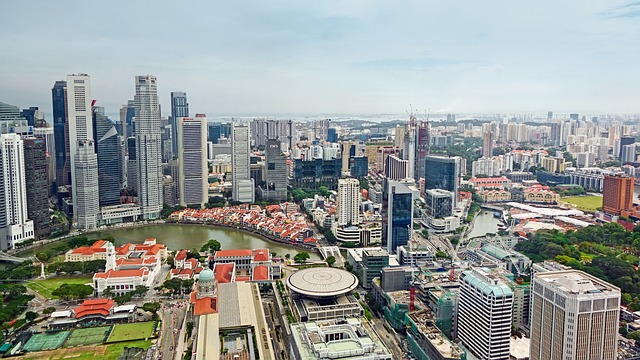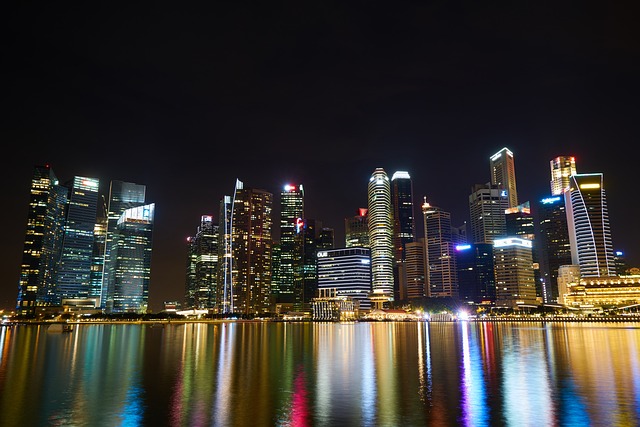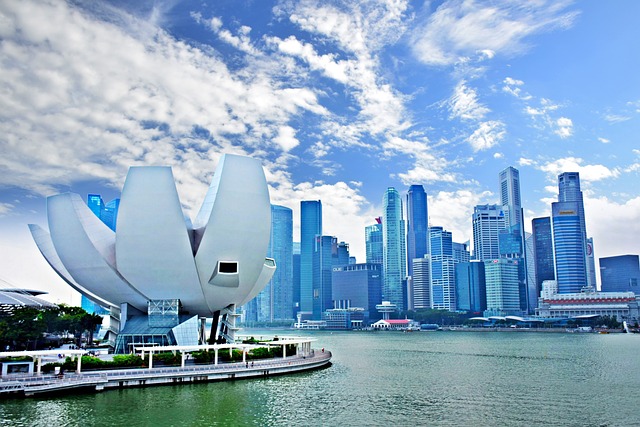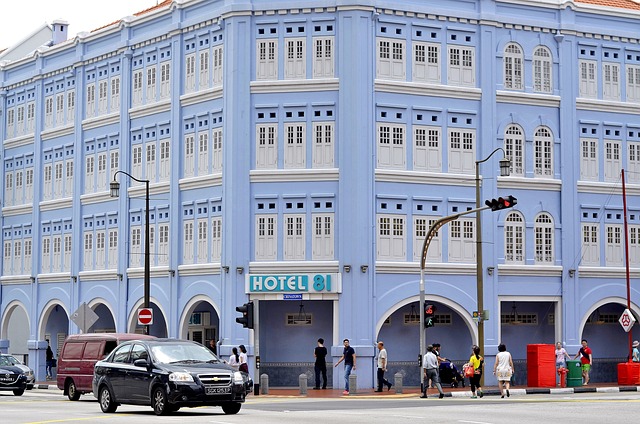Residences-at-Chuan Park: A Modern Living Phenomenon
Introduction
In the realm of contemporary urban living, “residences-at-chuan-park” stands out as a model for integrated residential communities. This article delves into the multifaceted aspects of these residences, from their design and economic impact to the technological innovations and policy frameworks that support them. Readers will gain a comprehensive understanding of how “residences-at-chuan-park” are shaping modern living and their broader significance in urban development.
Understanding Residences-at-Chuan Park
“Residences-at-chuan-park” refers to a collection of residential properties situated within or around the Chuan Park area, known for its holistic approach to urban living. These residences are characterized by their accessibility to green spaces, comprehensive amenities, and a strong sense of community. Historically, such developments have been part of a global shift towards more sustainable and integrated living environments. The significance of “residences-at-chuan-park” lies in their ability to offer residents a high quality of life while being environmentally conscious and economically viable.
Global Impact and Trends
The influence of “residences-at-chuan-park” extends beyond local boundaries, as it reflects global trends towards sustainable development and community-centric living spaces. These trends are shaped by factors such as urbanization, climate change, and the evolving needs of residents. In regions like North America, Europe, and Asia, similar concepts are being adopted, adapted to local climates, cultures, and economic conditions. The global impact is evident in the way these residences are reshaping cityscapes and offering models for sustainable living that can be replicated worldwide.
Economic Considerations
The economic landscape of “residences-at-chuan-park” is complex, with market dynamics influenced by location, infrastructure, and the unique amenities offered. Investment patterns in this sector are driven by both local and international investors who recognize the potential for long-term returns. These residences play a pivotal role in economic systems by creating jobs, stimulating local businesses, and contributing to the overall property market. The economic impact is far-reaching, with positive effects on property values, employment rates, and the local economy.
Technological Advancements
Technology has been a catalyst for the evolution of “residences-at-chuan-park”. Smart home technologies, energy-efficient systems, and green building practices are integral to these residences. The impact of such advancements is profound, enhancing security, comfort, and sustainability. In the future, we can expect even more innovative solutions, from autonomous transportation within the complex to advanced waste management systems that further reduce environmental impact.
Policy and Regulation
The governance of “residences-at-chuan-park” is guided by a robust set of policies and regulations. These frameworks ensure that development aligns with sustainability goals, zoning laws, and community standards. Policies also address issues such as population density, transportation, and resource management. The regulatory environment is crucial for the success of these residences, as it provides a clear guide for developers and protects the interests of residents.
Challenges and Criticisms
Despite their many benefits, “residences-at-chuan-park” face challenges such as affordability concerns, infrastructure strain, and the need for continued innovation to stay relevant. Critics often point out issues like over-reliance on technology and potential privacy breaches. To address these challenges, stakeholders must work collaboratively to develop solutions that ensure accessibility, maintain infrastructure integrity, and uphold data security and privacy standards.
Case Studies
Several case studies demonstrate the success of “residences-at-chuan-park” models around the world. One such example is the Eko Atlantic City in Lagos, Nigeria, which incorporates sustainability and resilience against rising sea levels. Another is the Qianhai Smart Sea World in Shenzhen, China, which exemplifies technological integration in urban living. These case studies provide valuable insights into best practices and lessons learned that can inform future developments.
Future Prospects
The outlook for “residences-at-chuan-park” is one of growth and innovation. Potential areas for expansion include the adoption of more renewable energy sources, the creation of green spaces to improve air quality, and the integration of AI for personalized living experiences. Emerging trends point towards a more interconnected and sustainable future for these residences. Strategic considerations will be key in navigating the challenges that lie ahead.
Conclusion
“Residences-at-chuan-park” represent a significant advancement in urban living, offering a blueprint for sustainable, integrated communities that enhance residents’ quality of life. The insights presented in this article underscore the importance of these residences in addressing contemporary challenges such as urban congestion, environmental sustainability, and economic resilience. As global trends continue to evolve, “residences-at-chuan-park” will undoubtedly remain at the forefront of innovation in urban living.
FAQ Section
Q: What makes “residences-at-chuan-park” different from other urban developments?
A: “Residences-at-chuan-park” are distinguished by their commitment to sustainability, community engagement, and comprehensive amenities. They are designed to offer a high quality of life while being environmentally responsible and economically sustainable.
Q: How do these residences contribute to the economy?
A: These residences contribute to the economy by creating jobs, stimulating local business growth, increasing property values, and attracting investment. They also encourage tourism and can lead to the development of new industries related to sustainable living technologies.
Q: Are there any environmental benefits to living in “residences-at-chuan-park”?
A: Yes, residents enjoy numerous environmental benefits, including reduced energy consumption due to energy-efficient designs, lower carbon footprints, and the preservation of green spaces that contribute to cleaner air and biodiversity.
Q: How do technology and innovation play a role in “residences-at-chuan-park”?
A: Technology and innovation are integral to the success of these residences, providing residents with smart home features for convenience and security, energy management systems, and infrastructure that supports a connected lifestyle while maintaining privacy and data protection.
Q: What challenges do “residences-at-chuan-park” face?
A: Challenges include ensuring affordability, managing infrastructure to handle increased population density, and continuously innovating to meet the evolving needs of residents. Additionally, there is a need to address privacy concerns associated with smart technologies.
Q: Can the model of “residences-at-chuan-park” be replicated elsewhere?
A: Yes, the principles behind “residences-at-chuan-park” can be adapted and replicated in various parts of the world, taking into account local conditions, cultural preferences, and economic factors.
This summary provides an overview of the key points from the article on “Residences-at-Chuan Park,” highlighting their role in urban development, economic impact, technological integration, policy considerations, and future prospects. It also addresses common questions about these residences to provide a comprehensive understanding of their significance and potential for replication globally.
The Chuan Park Condo Singapore offers an unparalleled experience of luxury living nestled within a prestigious neighborhood. This upscale condominium provides residents with a harmonious blend of comfort, convenience, and sophistication, featuring exquisite d…….
The Chuan Park Condo in Singapore offers a luxurious living experience within an exclusive neighborhood that's both convenient and prestigious. Its strategic location provides easy access to the central business district, Orchard Road shopping belt, and …….
The Chuan Park Condo in Singapore's District 24 offers a luxurious living experience with bespoke services and facilities within a secure, green environment. This upscale residence combines contemporary design with sustainable living principles, featurin…….
The Chuan Park Condo in Singapore presents an exceptional living experience by combining urban convenience with a serene natural environment. This residential development offers architecturally designed units that maximize natural light and airflow, ensuring …….
The Chuan Park Condo Singapore offers a premier living experience amidst the vibrant Bishan-Ang Mo Kio area, combining modern design with natural elements to create a harmonious urban oasis. This luxury condominium is renowned for its sustainable features, ex…….
The Chuan Park Condo in Singapore offers a luxurious living experience amidst the tranquil Bukit Timah area, combining urban connectivity with serene surroundings. This development is ideal for professionals and executives seeking comfort, diversity, and mode…….
2023 marks the year of The Chuan Park Condo Singapore's unveiling as a premier residential destination that seamlessly integrates luxury urban living with natural tranquility. Situated within the serene and green surroundings of Chuan Park in Bukit Timah,…….
The Chuan Park Condo Singapore offers a luxury living experience amidst the serene setting of Chuan Park, within the heart of the vibrant city. This exclusive development boasts sophisticated amenities, including a 50-meter swimming pool, a fully-equipped gym…….
The Chuan Park Condo in Singapore offers luxurious living with its central location providing easy access to a variety of lifestyle amenities and its harmonious design that maximizes natural light and offers panoramic views. This upscale development features …….
The Chuan Park Condo Singapore is a standout architectural achievement in Singapore's residential market, offering contemporary living spaces with a focus on natural light and greenery. This condominium features adaptable floor plans, luxury finishes, an…….
